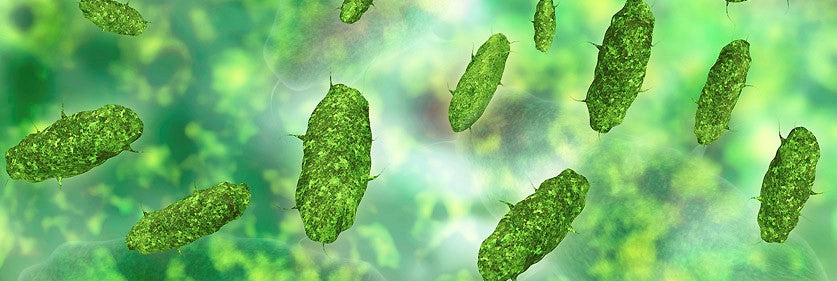
Algae in the pond: causes and solutions
|
|
Time to read 1 min
|
|
Time to read 1 min
Algae in the pond are a common problem for pond owners who want clear water and healthy plants. Instead, the pond can quickly turn into a cloudy water, in which fish are only visible near the surface. This phenomenon occurs not only in garden ponds, but also in swimming ponds and reduces the enjoyment of swimming in the pond. The reasons for this are varied: unsuitable pH value, too many or too few plants as well as false fish stocking or the amount of feed.
A self -regulating pond that remains in balance is difficult to realize and requires intensive care. Special pond plants can help To fight algae in the pond, as well as regular cleaning of the filters. The use of chemicals is not recommended because you can affect the entire ecosystem of the pond. Without a natural fresh water inflow, such as a stream, the oxygen supply and water mixture must be guaranteed otherwise. A fountain with integrated filter cushions can support here, but cleaning the filters is often cumbersome and ineffective against floating, blue or thread algae.
An effective method to avoid algae flowers is the UV-C disinfection . Here the water is pumped through an external circulation that contains a UV-C lamp. This lamp destroys the DNA of the algae cells, which means that they can no longer multiply and die. An upstream floating or sand filter removes the dead material from the water. This process protects plants and fish while the pond water keeps it clear and clean.